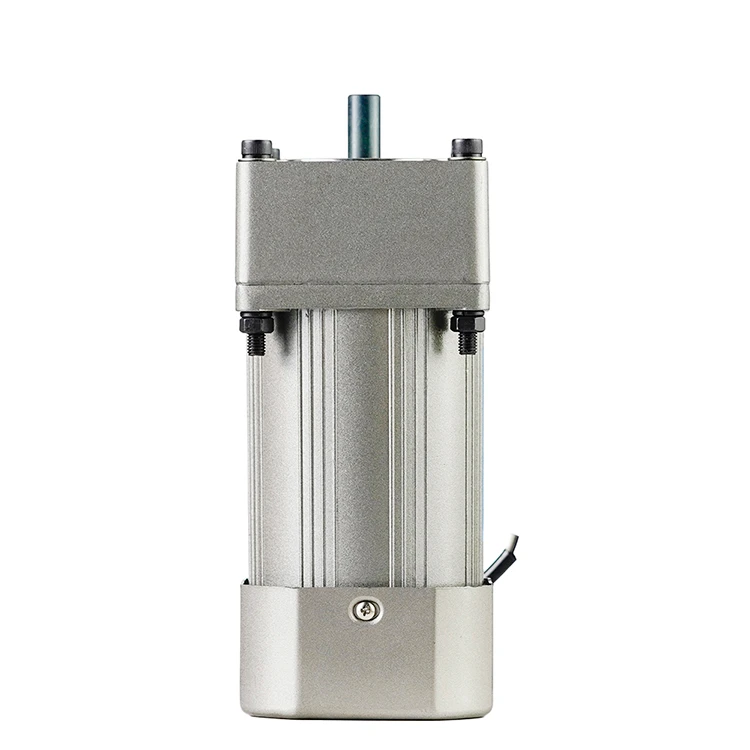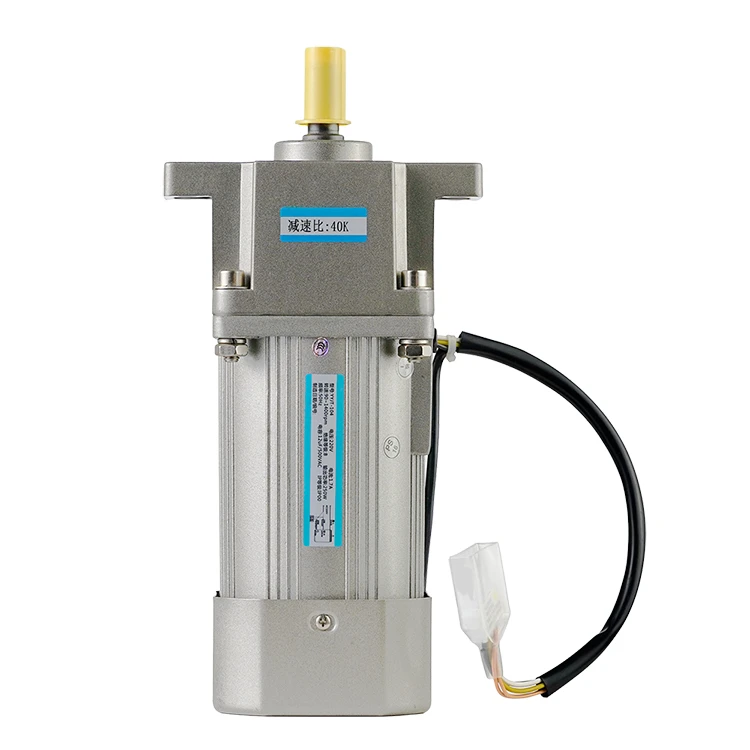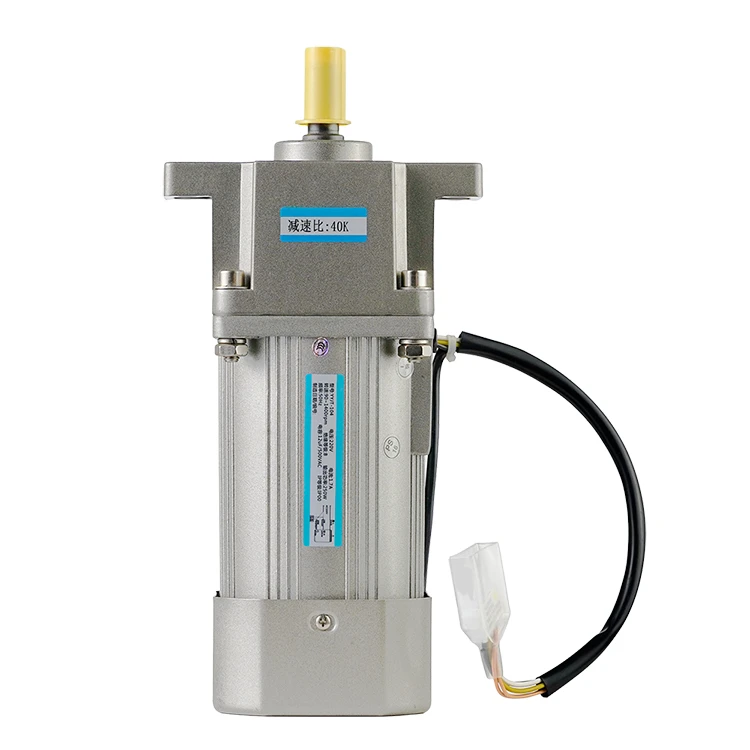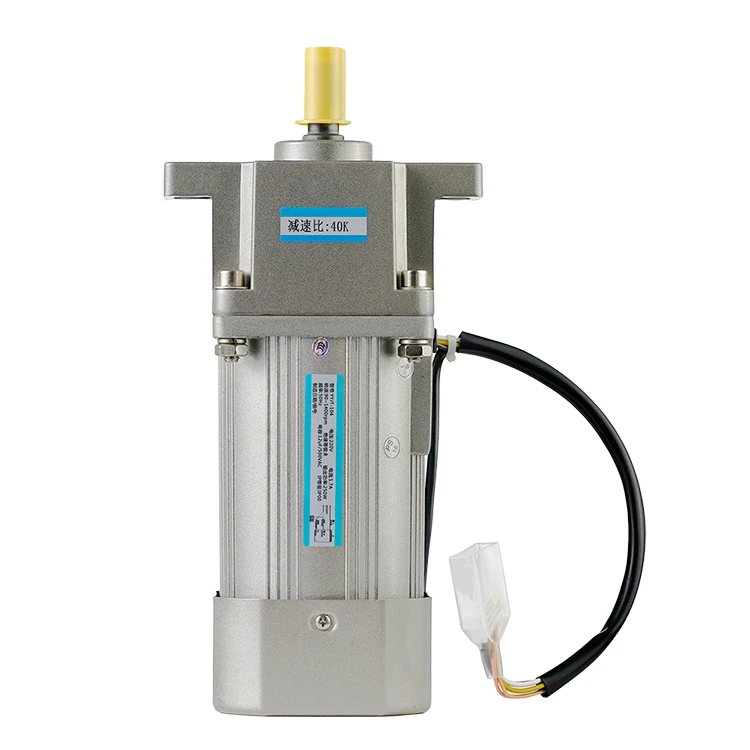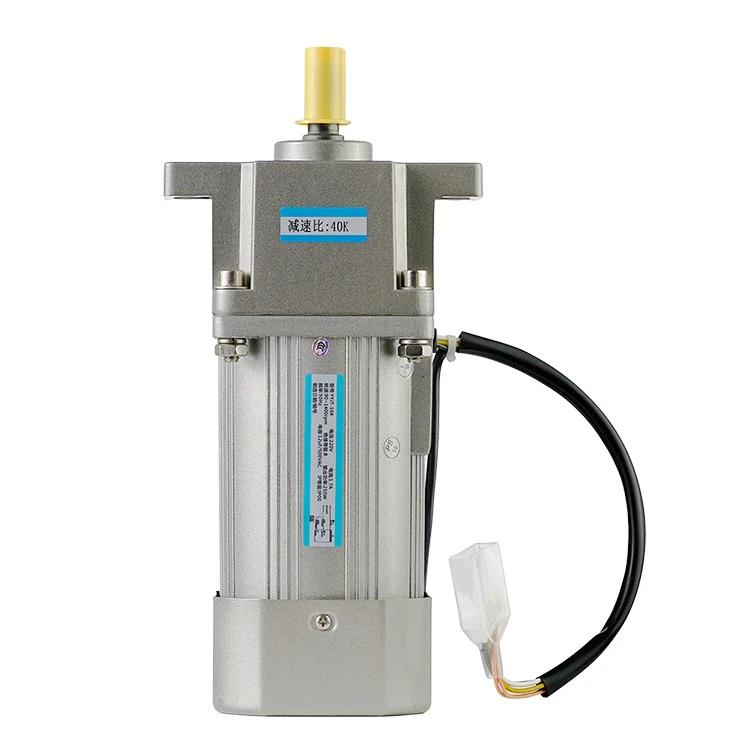Accuracy of Linear Actuator
2024-09-14 09:35:29
Linear actuators are critical components in various industrial and automation systems that require precise control of motion. They are used to move or position devices in a straight line, as opposed to the rotary motion provided by motors. Linear actuators find applications in robotics, medical devices, factory automation, and more, where accuracy and repeatability are essential to the performance of the system. But how accurate is a linear actuator? This question requires understanding the factors that impact an actuator's precision, including mechanical design, control methods, and environmental influences. This article will delve into the specifics of linear actuator accuracy, discuss how it is measured, and examine the factors that influence it.
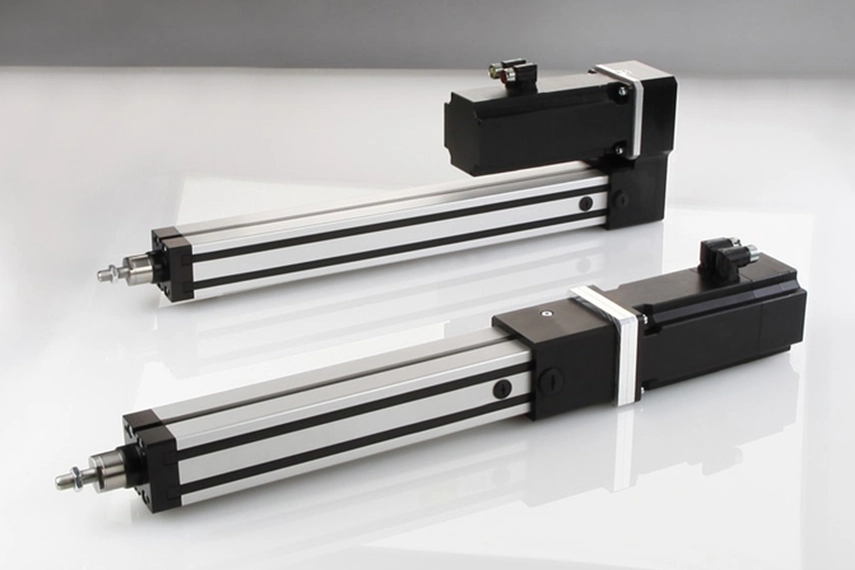
What is Accuracy in a Linear Actuator?
Accuracy in a linear actuator refers to how closely the actuator’s output matches the desired position or movement. It is often defined as the deviation between the target position and the actual position achieved by the actuator. In most cases, high accuracy is critical for achieving the necessary performance in applications that require fine control over motion. This is particularly important in fields such as automation, medical technologies, and research labs, where even minor deviations can result in significant consequences.
Accuracy is not a singular measure but is often defined through several contributing factors, such as:
- Precision: Precision refers to the actuator’s ability to move to a specific target position. High precision means the actuator can reach the desired point with minimal deviation.
- Repeatability: Repeatability is the ability of the actuator to return to the same position consistently after multiple movements. High repeatability ensures that the actuator performs identically every time, contributing to the overall system's reliability.
- Backlash: Backlash is the mechanical play between the moving parts of the actuator. It is the amount of movement lost when the direction of the actuator changes. Backlash can negatively affect both precision and repeatability.
Factors Influencing Linear Actuator Accuracy
The accuracy of a linear actuator is influenced by a range of factors, including its design, control methods, and external conditions. Below are the primary aspects that affect how accurately an actuator can perform in a given application:
- Mechanical Design and Construction:
- One of the most significant contributors to actuator accuracy is its mechanical design. The type of actuator and its internal components directly impact its ability to achieve and maintain precise movements.
- Ball Screws and Lead Screws: Many actuators use ball screws or lead screws to convert rotational motion into linear motion. The accuracy of the actuator largely depends on the pitch accuracy and lead error of these screws. Ball screws typically offer higher precision than lead screws due to their rolling contact, which minimizes friction and wear. However, lead screws are often more cost-effective and still provide sufficient accuracy for many applications.
- Gearing Systems: Gears are often used to adjust the speed and torque of the actuator. High-precision gear systems can minimize backlash and help maintain accuracy, while lower-quality gears can introduce errors into the movement.
- Linear Guides: Linear actuators often include guide rails to stabilize and direct the motion of the moving parts. The quality of these guides determines how well the actuator resists deflection or wobble, especially under heavy loads. High-quality guides ensure that the actuator stays aligned, which directly contributes to accuracy.
- Control System:
- The control system plays a crucial role in determining the actuator's accuracy. Most modern linear actuators are controlled by digital systems that can process feedback from sensors and adjust the movement in real-time to correct any deviations.
- Closed-Loop vs. Open-Loop Systems: In open-loop control systems, the actuator moves based solely on the input commands without any feedback to confirm whether the target position has been reached. Open-loop systems are generally less accurate than closed-loop systems, which use sensors to provide feedback on the actuator's position. Closed-loop systems can make real-time corrections, significantly enhancing accuracy.
- Position Feedback: The sensors used in closed-loop systems provide critical position feedback that allows the control system to adjust movements. Common sensors include potentiometers, encoders, and resolvers. Higher-resolution sensors enable more accurate position detection and finer control of movement.
- Resolution of Control System: The resolution of the control system, including the precision of the encoder or sensor, directly impacts accuracy. High-resolution systems can detect smaller increments of movement, enabling more precise adjustments.
- Backlash and Hysteresis:
- As mentioned earlier, backlash refers to the slack or play in the mechanical components of the actuator. It often occurs between the screw and nut or in the gearing system and can cause inaccuracies when the actuator changes direction. Hysteresis, on the other hand, refers to the tendency of a system to lag behind its input, resulting in positional errors.
- Backlash Compensation: Advanced control systems often incorporate algorithms to compensate for backlash. By accounting for the lost motion when changing direction, these systems can improve the actuator’s overall accuracy.
- Eliminating Hysteresis: Minimizing hysteresis involves selecting materials and mechanical designs that reduce friction and ensure that the system responds quickly and directly to control inputs.
- Load and Speed:
- The load applied to the actuator and the speed at which it operates can have a significant impact on its accuracy. Actuators are designed to handle a specific range of loads, and operating outside of these limits can cause inaccuracies.
- Heavy Loads: When an actuator is subjected to heavier loads than it is designed to handle, it may experience deflection, bending, or increased friction. These factors can cause deviations from the desired position and reduce accuracy.
- High Speeds: Operating an actuator at high speeds can also reduce accuracy, particularly if the control system is not designed to handle rapid movements. The actuator may overshoot or undershoot the target position due to the inertia of the moving parts.
- To maintain accuracy under different load and speed conditions, it is crucial to select an actuator that is appropriately sized and matched to the application’s requirements. Additionally, advanced control systems with dynamic adjustments can help compensate for the effects of load and speed on accuracy.
- Environmental Conditions:
- Environmental factors, such as temperature, humidity, and contamination, can also affect the accuracy of a linear actuator. For example, extreme temperatures can cause thermal expansion or contraction of the actuator’s components, leading to positional errors. Similarly, dust, dirt, and other contaminants can interfere with the actuator’s mechanical components, increasing friction and wear.
- Temperature Compensation: Some actuators are designed with temperature compensation features that adjust the control system to account for thermal expansion and contraction. This ensures that the actuator remains accurate despite changes in temperature.
- Sealing and Protection: To maintain accuracy in harsh environments, actuators may be equipped with seals or protective coatings that prevent contamination from affecting the internal components. This helps to minimize the impact of environmental factors on the actuator’s performance.
Measuring Accuracy
To determine how accurate a linear actuator is, manufacturers typically provide specifications that outline the accuracy, repeatability, and resolution of the actuator. These specifications are usually measured under controlled conditions and are presented as a range of values.
- Positional Accuracy: This is the maximum deviation between the target position and the actual position achieved by the actuator. It is typically expressed in millimeters or microns.
- Repeatability: Repeatability is measured by moving the actuator to a specific position multiple times and recording the variance in the final position. High repeatability indicates that the actuator can consistently return to the same position with minimal deviation.
- Resolution: The resolution of an actuator is the smallest increment of movement that can be detected and controlled by the system. Higher resolution allows for finer adjustments and contributes to overall accuracy.
Conclusion
The accuracy of a linear actuator is a critical consideration for any application that requires precise control of motion. Several factors influence the accuracy of an actuator, including its mechanical design, control system, and external operating conditions. Understanding these factors and selecting an actuator that is suited to the application’s requirements is essential for achieving the desired level of precision.
High-quality mechanical components, advanced control systems with feedback, and environmental protection all contribute to improving the accuracy of a linear actuator. By addressing issues such as backlash, hysteresis, and load variation, engineers can ensure that the actuator performs reliably and accurately over its operational lifespan. For applications where precision is paramount, investing in accurate linear actuators and robust control systems is crucial to maintaining optimal performance.See What Lunyee Can Do For You
Contact Us
- 8619149417743
- +86-0371-5562 0274
- [email protected]
- Zhengzhou, Henan Province, China
- Mon-Fri: 9:00 - 18:00
